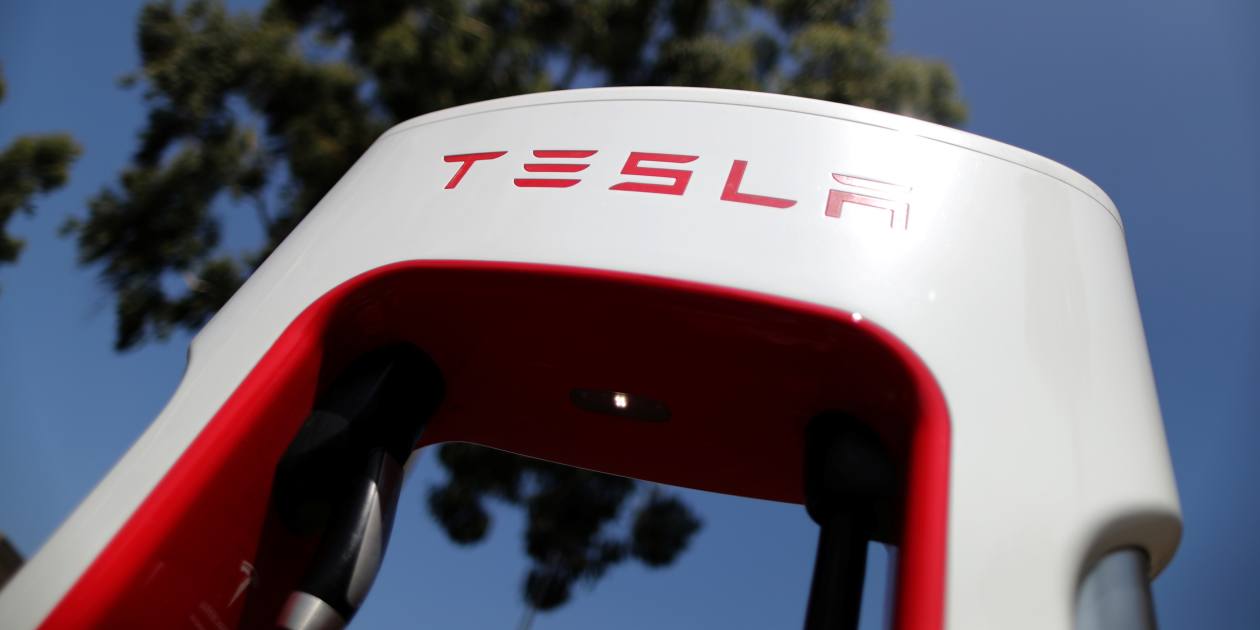Hamartia Antidote
ELITE MEMBER

- Joined
- Nov 17, 2013
- Messages
- 35,188
- Reaction score
- 30
- Country
- Location

Tesla's EV chargers win over Toyota, but next test will be Asia
Apart from China, region is free-for-all where NACS could catch on, analysts say

Tesla's Superchargers command a 60% market share among EV chargers in the U.S
NAGOYA, Japan/TOKYO -- Toyota Motor's adoption of Tesla's charging standard for electric vehicles cements the technology's lead in the North American market. But Asia will prove a different battleground.
Toyota will incorporate the North American Charging Standard (NACS) for EVs sold in North America starting in 2025, the world's top-selling carmaker said on Thursday, marking a switch from the Combined Charging System (CCS) standard.
General Motors and BMW had backed CCS in the U.S. and Europe. The tide changed this year when GM and Ford announced that they would adopt NACS in North America.
"The possibility of NACS also becoming widespread in Europe has emerged," said Kenichiro Wada, president of the Japan Electrification Research Institute.
That could strengthen NACS in Asia, excluding China's vast market. Compared with the U.S., China and Europe, Asian emerging markets have been slower to adopt EVs.
"Asia ex-China is a free-for-all. The CCS standard is relatively strong, but there is a possibility that NACS will become a bigger presence later on," Wada said.
NACS could become a force in Southeast Asia and India, said Hisashi Ando, an analyst at market research company Fourin.
Tesla dominates the fast-charging station market in North America, boasting roughly 12,000 of its Superchargers in the region.
NACS chargers' ease of use has helped them catch on. They work on the Plug and Charge concept that automatically identifies the vehicle, charges the battery and processes payment.
NACS accounts for a 60% share of charging stations in the U.S. In Europe, NACS had an 11% share behind CCS's 60% and a 30% slice taken by Japanese-developed standard CHAdeMO, according to Fourin study last year.
In Japan, CHAdeMO held a 96% share.
Nissan Motor, which developed the Leaf EV, had been the standard-bearer for CHAdeMO, and sought to promote the standard in the U.S. market. But with NACS clearly in the lead, CHAdeMO faces poor prospects of gaining U.S. market share.
In July, Nissan said it will adopt Tesla's charging standard for EVs sold in North America starting in 2025. Honda Motor is adopting NACS as well.
The partners behind CHAdeMO have collaborated with China to develop ChaoJi, which is being positioned as the next-generation charging standard. The current Chinese-developed standard, GB/T, is found in almost all charging stations in the country.
If ChaoJi takes hold in China, the world's largest EV market, that could push automakers to adopt the standard as well. But it remains an open question as to whether ChaoJi will be accepted in the U.S. and other global markets.
Last year, Toyota sold 2.1 million new vehicles in the U.S., second behind General Motors' 2.27 million vehicles. But Toyota sold just 1,200 EVs, according to Fourin, a far cry from Tesla's 456,000.
Toyota has been scrambling to catch up. This month, the Japanese automaker announced a U.S. battery supply deal with South Korea's LG Energy Solution. Toyota aims to sell 1.5 million EVs worldwide in 2026 and 3.5 million EVs in 2030.
Toyota and Tesla formed a capital and business tie-up in 2010. Toyota released an electric version of the RAV4 in 2012 equipped with Tesla batteries. But the electric sport utility vehicle flopped, selling only 2,500 units.
Toyota jettisoned its entire stake in Tesla by 2016, following differences in development priorities.
Last edited:
